The Chipko Movement: A Revolutionary Environmental Crusade
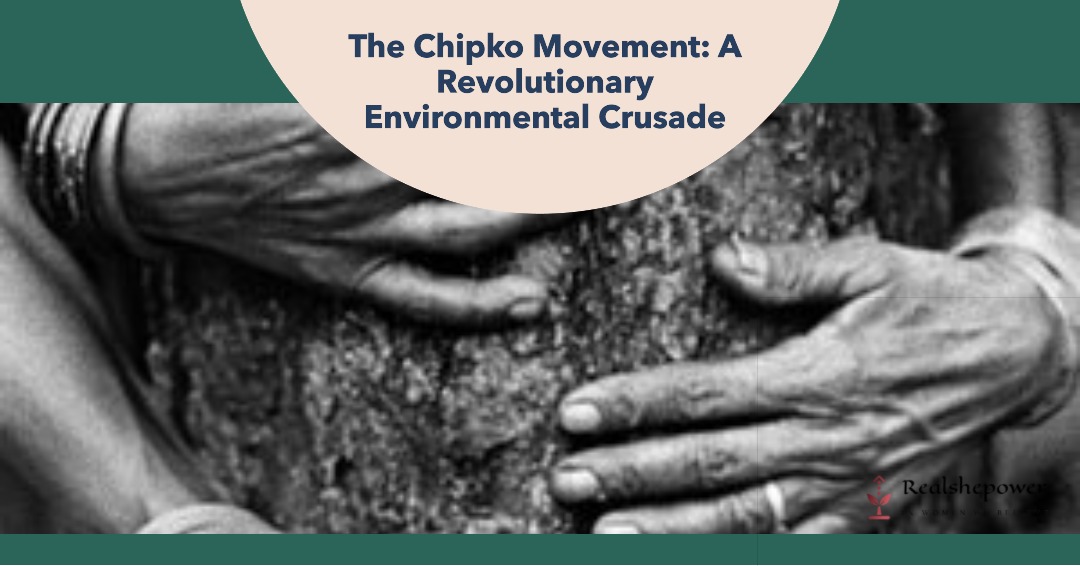

When we think of revolutions, our minds often wander to political uprisings or social transformations. However, tucked away in the serene valleys of the Himalayas, a different kind of revolution took shape—one that championed the cause of Mother Nature herself. The Chipko Movement, with its unwavering determination and deep-rooted love for forests, became an inspiration for generations to come.
Table of Contents
The Origins of the Chipko Movement: Standing Tall Against Deforestation
In the shadow of the majestic Himalayan peaks, the seeds of the Chipko Movement were sown. The local communities, largely comprised of villagers and indigenous people, found their livelihoods threatened by rampant deforestation. With the government granting logging rights to private companies, the forests that sustained their lives were gradually vanishing, leaving them impoverished and vulnerable.
The people realized that they couldn’t sit idly by and watch their natural heritage disappear before their eyes. In a powerful display of resilience, they decided to take matters into their own hands and confront the destruction head-on.
The Spark of Change: The Incident That Shook the Hills
One particular incident in 1973 became the catalyst for the Chipko Movement. A small group of women from the village of Reni in the Chamoli district bravely stood up against the felling of trees in their sacred grove. Led by the fearless Gaura Devi, these women, often referred to as the “Tree Huggers,” clung to the trees, refusing to let the axemen continue their destructive work.
The image of these determined women, hugging the trees with fierce determination, became an emblem of the movement. Their act of defiance spoke volumes about the deep connection between the people and their forests, instilling a sense of awe and inspiration in the hearts of onlookers.
As news of their courage spread like wildfire, people from far and wide flocked to witness the power of the Chipko Movement. The hills echoed with the resounding chants of “Save our forests!” as more and more individuals joined the cause.
The Message Spreads: From Trees to Minds

The Chipko Movement quickly gained momentum as news of the women’s bravery spread across the country. The movement’s core philosophy of “ecology is permanent economy” resonated with those who understood the inextricable link between nature and human well-being.
With their passion for change burning bright, the activists of the Chipko Movement embarked on a mission to educate and raise awareness. They organized public meetings, engaging discussions, and workshops to disseminate information about the consequences of deforestation and the urgent need for sustainable practices.
The movement’s impact rippled beyond borders, capturing the attention of environmental activists and organizations worldwide. Chipko became a symbol of hope, proving that a dedicated group of individuals could challenge the status quo and bring about meaningful change.
People Power in Action: The Strategies of the Chipko Movement
Let’s explore some of the gripping strategies adopted by the Chipko Movement:
- Tree Hugging: One of the most iconic and visually powerful strategies of the Chipko Movement was the act of tree hugging. Inspired by the courageous women of Reni, activists would embrace trees, forming human barricades around them to prevent loggers from cutting them down. This act of physically clinging to the trees sent a powerful message: that the forests were not mere resources but living entities worth protecting.
- Satyagraha: The Chipko Movement drew inspiration from Mahatma Gandhi’s philosophy of nonviolent resistance, or satyagraha. Activists organized peaceful protests, sit-ins, and marches to raise awareness and demand action. They would gather in large numbers, holding banners and placards with powerful slogans, singing songs of unity, and chanting slogans that echoed through the hills. This nonviolent approach aimed to appeal to the conscience of the authorities and society as a whole.
- Grassroots Mobilization: The Chipko Movement recognized the importance of grassroots mobilization and community engagement. Local villagers and indigenous communities played a central role in the movement, as they were the ones directly affected by deforestation. Activists worked tirelessly to raise awareness among the villagers, conducting meetings, discussions, and workshops to educate them about the consequences of deforestation and the need for sustainable practices. This approach ensured that the movement had a deep-rooted connection with the people it aimed to protect.
- Legal Battles: The Chipko Movement also resorted to legal means to protect the forests. Activists filed petitions and challenged the government’s policies that allowed commercial exploitation of the forests. They highlighted the ecological importance of the forests and the rights of local communities to protect their natural resources. The legal battles not only provided a platform to voice their concerns but also brought national and international attention to the movement.
- Reforestation and Sustainable Practices: Recognizing the importance of restoring the forests, the Chipko Movement actively engaged in reforestation efforts. They organized tree-planting drives, encouraging local communities to participate in the process. By planting saplings and nurturing them, they aimed to replenish the green cover that had been lost to deforestation. Additionally, the movement emphasized the adoption of sustainable practices, such as organic farming, agroforestry, and eco-tourism, as alternatives to destructive practices that harmed the environment.
- Solidarity and Networking: The Chipko Movement sought solidarity with other environmental and social justice movements. They recognized that their cause was not isolated and that similar struggles were happening around the world. They actively networked with other organizations and activists, sharing experiences, strategies, and knowledge. This networking helped amplify their message and fostered a sense of global unity in the fight for environmental conservation.
Impact and Legacy: The Global Reach of the Chipko Movement
The impact of the Chipko Movement extended far beyond the hills of Northern India. Its success in preserving the fragile Himalayan ecology inspired similar movements across the globe. Environmental activists and organizations drew inspiration from the movement’s principles and adopted similar strategies to protect their own natural resources.
The movement’s resounding success led to significant policy changes in India. The government, recognizing the importance of forest conservation, imposed a ban on commercial logging in the region, safeguarding the fragile Himalayan ecosystems.
FAQs about Chipko Movement
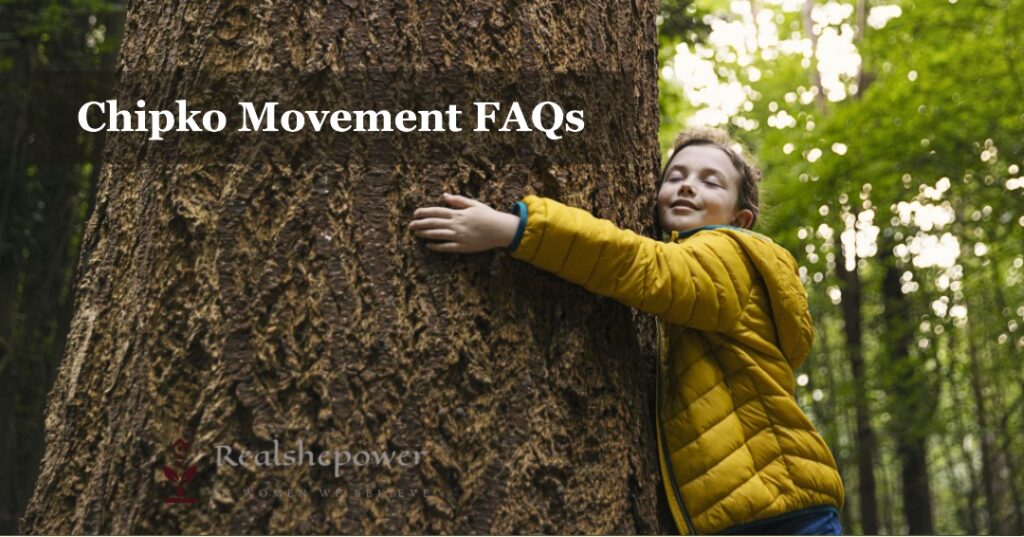
Q: Did the Chipko Movement succeed in its mission to protect the forests?
A: While the Chipko Movement faced numerous challenges, it did succeed in creating awareness about the importance of forest conservation. The movement led to a ban on commercial logging in the region, safeguarding the fragile Himalayan ecosystems.
Q: What is the significance of the name “Chipko”?
A: The term “Chipko” originates from the Hindi word “embrace” or “hug.” It symbolizes the act of physically hugging trees to prevent their destruction.
Q: How did the Chipko Movement contribute to the global environmental movement?
A: The Chipko Movement served as a powerful example of grassroots activism, demonstrating how ordinary individuals can make a significant impact on environmental issues. Its philosophy and strategies inspired numerous other movements worldwide, fostering a collective consciousness towards nature preservation.
Q: How did the Chipko Movement influence government policies on deforestation?
A: The Chipko Movement played a pivotal role in shaping government policies on deforestation in India. The activism and public pressure generated by the movement compelled the government to take notice and reevaluate its stance on commercial logging. As a result, the government imposed a ban on commercial deforestation in the region, marking a significant victory for the movement and paving the way for greater environmental protection measures.
Q: Did the Chipko Movement face any opposition or obstacles?
A: Yes, the Chipko Movement encountered various obstacles throughout its journey. Powerful vested interests, including timber companies and influential individuals, resisted the movement’s efforts to curtail deforestation. Activists faced intimidation, threats, and even violence from those who stood to profit from the exploitation of the forests. However, the unwavering determination of the movement and its commitment to nonviolent resistance helped overcome these challenges.
Q: How did the Chipko Movement impact the lives of local communities?
A: The Chipko Movement brought about transformative changes in the lives of local communities. By advocating for sustainable practices and alternative livelihoods, the movement helped create economic opportunities that were in harmony with the environment. Communities embraced initiatives such as eco-tourism, organic farming, and handicrafts, which not only preserved the forests but also provided them with sustainable sources of income. The movement empowered local communities, giving them a voice in decisions about the management and conservation of their natural resources.
Q: What is the ongoing relevance of the Chipko Movement in today’s world?
A: The Chipko Movement’s relevance remains as strong today as it was during its inception. In the face of escalating environmental crises, the movement’s message of ecological consciousness, sustainable practices, and community-led activism holds great significance. It serves as a reminder that individuals and communities have the power to protect and restore the environment, and that preserving nature is essential for the well-being of present and future generations. The Chipko Movement continues to inspire and influence environmental movements worldwide, emphasizing the importance of grassroots action and the need for systemic change.
Q: How can individuals contribute to the spirit of the Chipko Movement in their daily lives?
A: Individuals can contribute to the spirit of the Chipko Movement by adopting environmentally conscious practices in their daily lives. This includes reducing personal carbon footprints, conserving energy and water, supporting sustainable businesses and products, practicing responsible consumption, and actively participating in local environmental initiatives. Additionally, raising awareness about environmental issues and engaging in conversations about the importance of conservation can help spread the ethos of the Chipko Movement and inspire others to take action.
Conclusion
The Chipko Movement, born out of a deep connection to nature and a fierce desire to protect it, continues to serve as a guiding light for environmental activists worldwide. Its legacy reminds us of the power of individuals coming together to protect the planet we call home.
The Chipko Movement stands as a testament to the indomitable spirit of those who dared to challenge the destructive forces that threatened their forests. It reminds us that real change often begins with individual actions and a determination to stand up for what we believe in.
So, let us take a leaf out of the Chipko Movement’s book and join hands in preserving our precious ecosystems. Together, we can create a greener, more sustainable world—one that cherishes and nurtures the magnificent gifts of nature. The Chipko Movement has shown us the way; now, it is up to us to carry the torch forward, for the sake of our planet and all the life it sustains. Let us be the change that the Chipko Movement ignited—a revolution of love and respect for the environment that will echo through the ages.
Embracing Nature’s Defenders: The Untold Secrets of the Chipko Movement
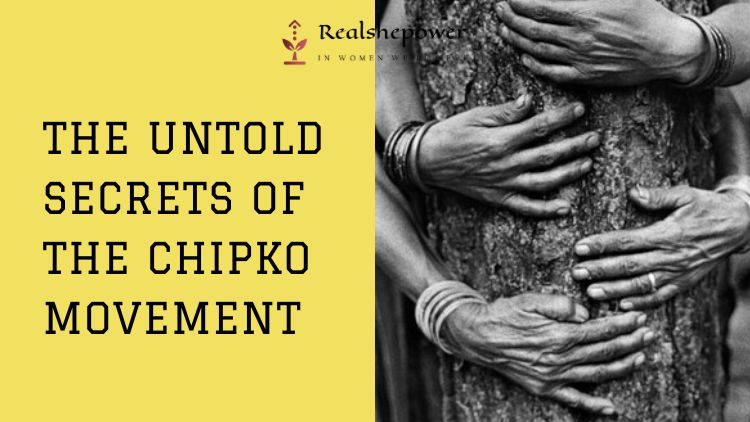
Deep in the heart of India, nestled amidst the towering peaks of the mighty Himalayas, lies a tale of courage, determination, and an unbreakable bond between nature and its protectors. It is a tale often overshadowed by the clamor of mainstream history, yet it bears within its branches the seeds of inspiration that continue to bloom even today.
Meet the Unsung Environmental Activist Gaura Devi Whose Heroic Act Defined The Chipko Movement
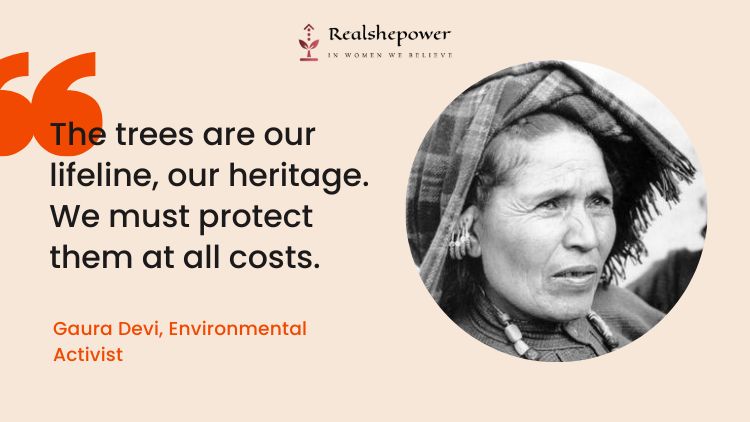
Gaura Devi was a modern-day “Jhansi ki Rani” who became known for her bravery, grit, and sheer love for the forests. Despite being an illiterate woman, she was the face and a strong pillar of the Chipko movement of the Uttarakhand region.
Nain Singh Rawat – The Great Explorer of the Himalayas
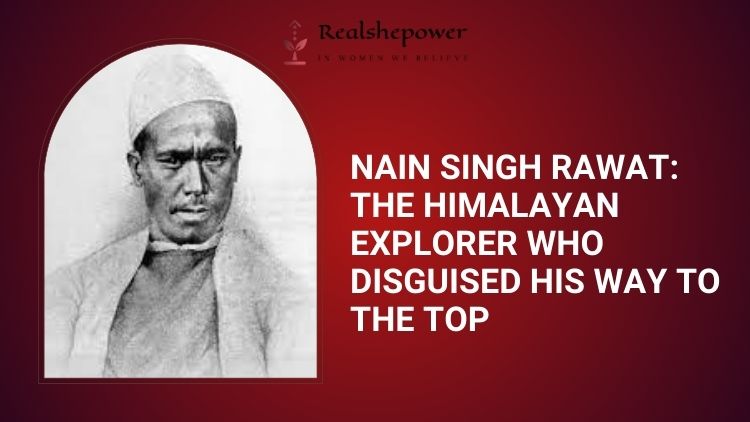
In the mid-19th century, when the Himalayas were still a mystery to the outside world, one man stood out as a pioneer of exploration and mapping. His name was Nain Singh Rawat, and he was an intrepid adventurer who charted new territory in some of the most inhospitable regions on earth. Rawat’s feats of endurance and courage have earned him a place among the great explorers of all time.
You can now write for RSP Magazine and be a part of the community. Share your stories and opinions with us here.
